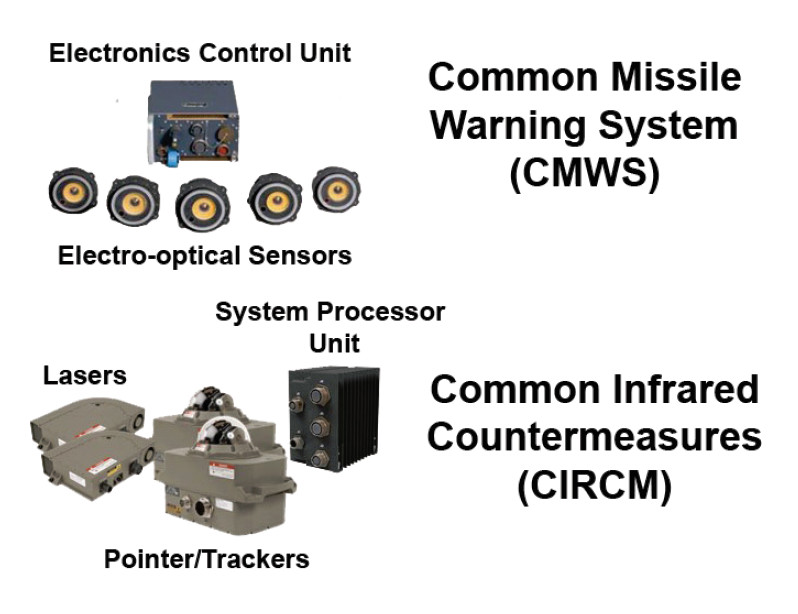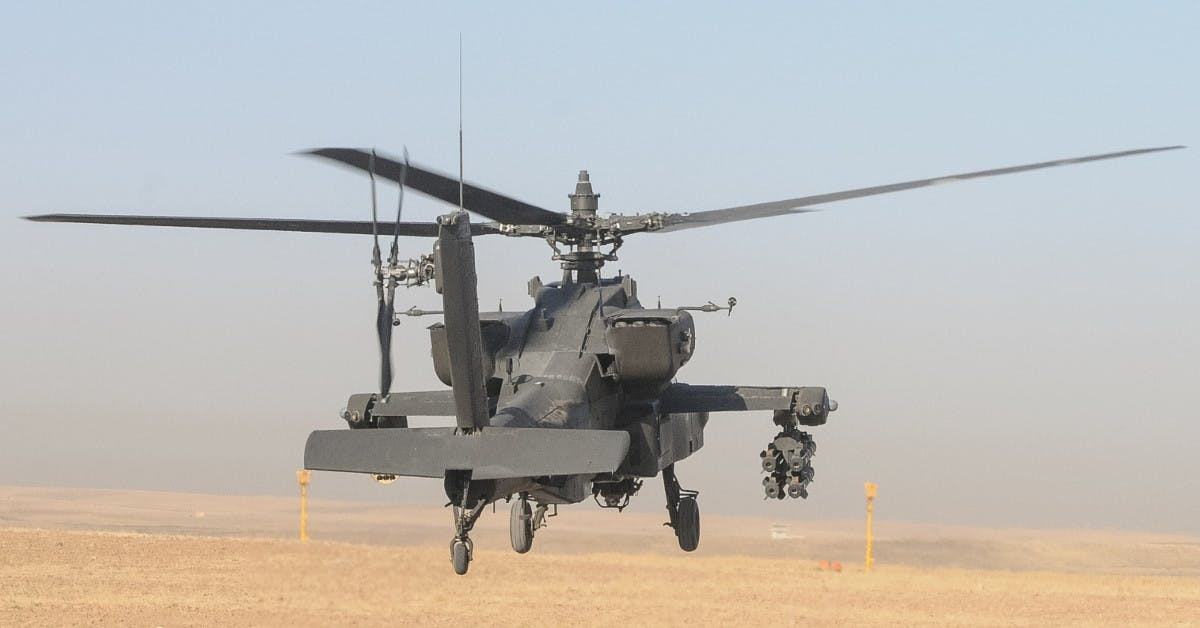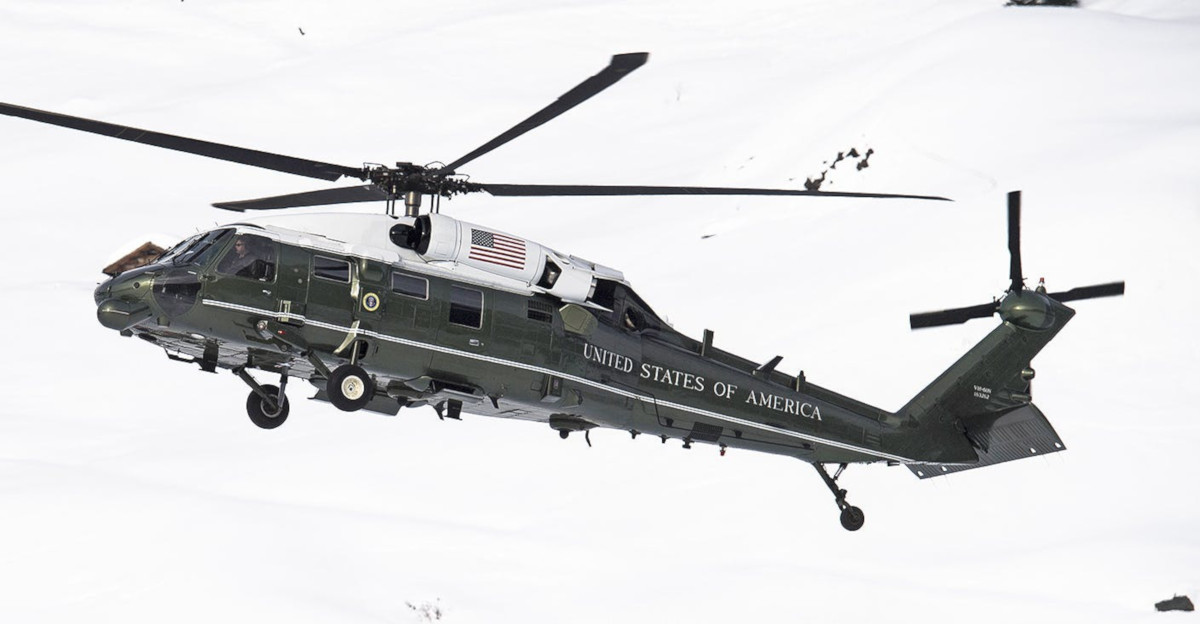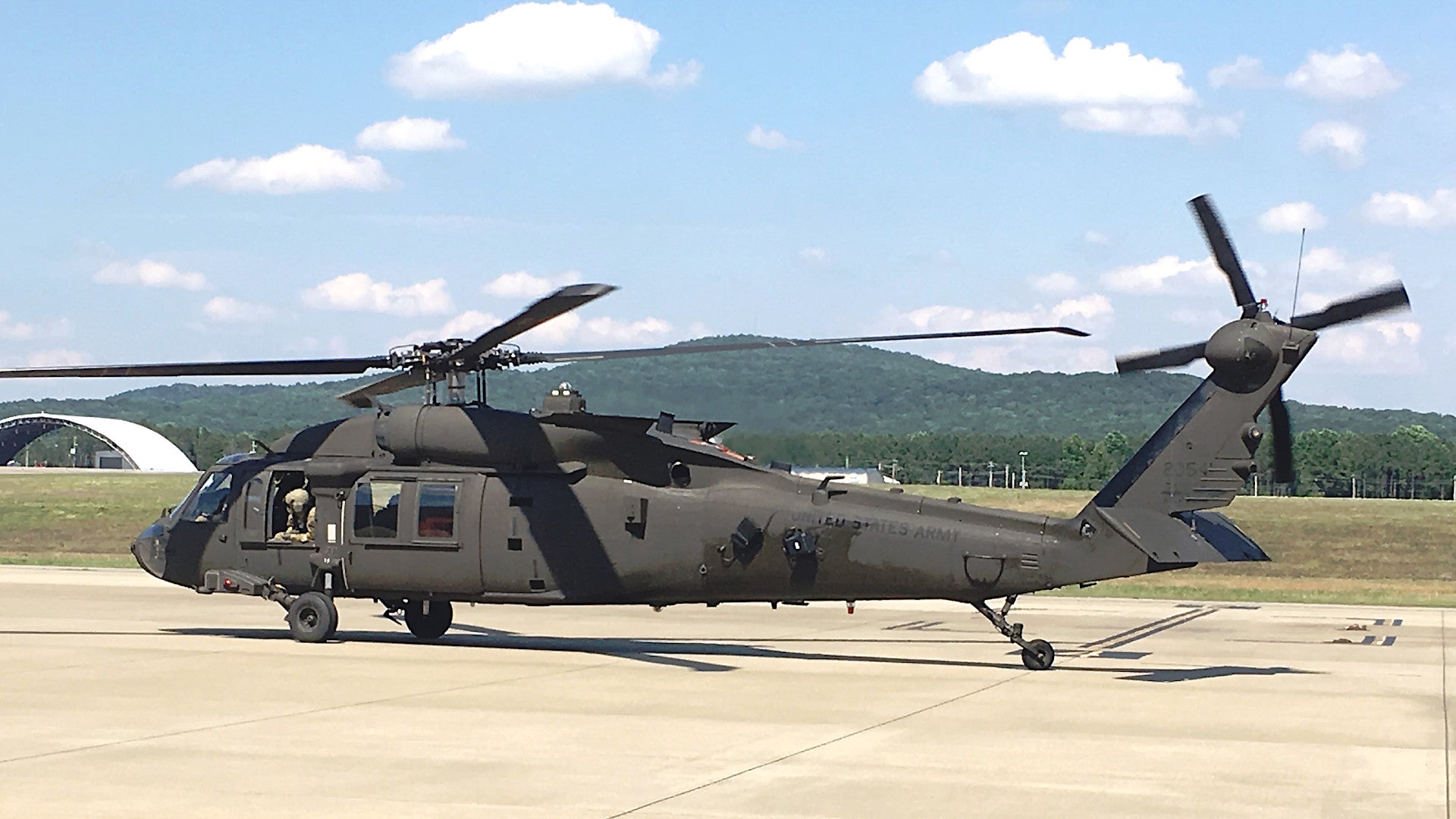The U.S. Army is working toward fielding a new directional infrared countermeasures system on its UH-60 Black Hawk helicopters that will help protect them from shoulder-fired, heat-seeking, short-range surface-to-air missiles, also known as man-portable air defense systems or MANPADS. Variants of this defensive suite may become standard equipment on AH-64 Apache gunships and CH-47 Chinook transport helicopters flying in combat zones in the future, replacing a number of other kits the service has already adopted on a more limited scale.
Black Hawk crews from the 3rd Battalion, 227th Aviation Regiment, part of the 1st Air Cavalry Brigade at Fort Hood, Texas, traveled to Redstone Arsenal in Alabama earlier in 2019 to train on what the Army is calling the Common Infrared Countermeasures (CIRCM) system. Northrop Grumman developed the CIRCM system and supplied the first example for testing in 2016. The company announced that it had finished the operational test and evaluation phase and begun full-scale production of the defensive suite for the Army in September 2018.
“Due to the evolving battlefield threats, the CIRCM comes at a pivotal time for Army aviation in order to improve the survivability of our crews that will be deploying in support of combat operations,” Chief Warrant Officer 4 Toby Blackmon, a member of the U.S. Army Operational Test Command’s Aviation Test Directorate, said in a statement. “We designed the test events [for 3-227th’s personel] to cover all the potential environments that aircrews may find themselves in.”
The full CIRCM system itself uses a pair of turreted “pointer/trackers” to track incoming infrared-homing, short-range surface-to-air missiles and then cue one of two lasers to blind and confuse their seekers, sending the weapon off course. CIRCM leverages the existing AN/AAR-57 Common Missile Warning System (CMWS), which consists of electro-optical sensors installed in various locations around the helicopter, to initially spot the threat so that the pointer/trackers can target it. The CMWS also provides its own audio and visual warnings to the crew so that they can take appropriate evasive action.

The steady proliferation of MANPADS, as well as the improved countermeasure-defeating capabilities found on many newer designs, has led the U.S. military as a whole to begin increasingly installing directional infrared countermeasures (DIRCM) systems on various helicopters, as well as Osprey tilt-rotors and certain fixed-wing aircraft. Foreign countries, such as Russia, are doing the same based on their own experiences with the MANPADS threat. DIRCM systems add an additional layer of defense against heat-seeking threats beyond traditional decoy flares.

The Army’s CIRCM program itself dates all the way back to 2009. At that point, the Army had already hired BAE Systems to provide an earlier DIRCM system called the AN/ALQ-212 Advanced Threat Infrared Countermeasures (ATIRCM).
The Army had planned to field ATIRCM across its AH-64, UH-60, and CH-47 fleets, but unfortunately, it proved to be too heavy to fit on the Apaches and Black Hawks. The service subsequently only bought fewer than 100 of these systems, which had the same general concept of operation as the newer CIRCM.

However, the follow-on CIRCM program moved slowly, with the Army only awarding the final contract to Northrop Grumman in 2015. In the meantime, with demand growing within the service for a DIRCM capability on various helicopters, especially for the specialized MH-60 Black Hawks and MH-47 Chinooks within the elite 160th Special Operations Aviation Regiment, the service sought other interim options.
The Army subsequently purchased a number of variants of the AN/AAQ-24 Large Aircraft Infrared Countermeasure (LAIRCM) system, another Northrop Grumman DIRCM system, for use on Apaches, Black Hawks, and Chinooks. Variations of LAIRCM were already in service on various helicopters and fixed-wing aircraft the U.S. Air Force, Navy and Marine Corps, as well as with foreign operators.
Limited numbers of Army Apaches have since deployed to various combat zones, including Iraq and Syria, with a version of the LAIRCM installed. In 2018, DOT&E had reported that there were deficiencies with the AH-64 installations and that Army had also experienced still largely unexplained setbacks in trying to successfully integrate the systems onto its UH-60s and CH-47s.

This seemed curious at the time, especially that other U.S. and foreign operators were flying AH-64s, CH-47s, and Black Hawk variants with similar, and in some cases identical, DIRCM systems. With regards to the H-60 platform, specifically, Marine VH-60N VIP helicopters, charged with safely moving around the President of the United States and other senior officials, have been flying with LAIRCM for years now.

Whatever the case, the Army has clearly seen more success with its CIRCM system. “In general, the CIRCM system performed as intended,” the Pentagon’s Office of the Director of Operational Test and Evaluation, or DOT&E, reported in its annual report for the 2018 Fiscal Year.
“The CIRCM system reliability requirement is 214 hours mean time between operational failures, which allows for a 95 percent chance of completing a typical 11-hour mission. The operational flight tests did not include enough hours to assess the 214-hour requirement,” DOT&E’s report notes. “However, flight test data to date indicates CIRCM is on track to meet the requirement at the conclusion of IOT&E [Initial Operational Test and Evaluation] with a current measured reliability of 115 hours.”
The Army’s plan is still to eventually integrate the system with its AH-64s and CH-47s, as well. In these cases, the CIRCM will replace the ATIRCM and LAIRCM systems and creating commonality across the service, which will reduce maintenance and logistics strains.

But the first order of business appears to be to get CIRCM to Black Hawk units that continue to lack any sort of DIRCM capability, which will only continue to become increasingly important as lightweight heat-seeking surface-to-air missiles continue to spread around the world.
Correction: The original version of this story said that the UH-60M test aircraft that Army aviators from the 1st Air Cavalry Brigade trained on at Redstone only had one pointer/tracker installed, on top of the helicopter, but this was incorrect. The aircraft did, in fact, have both pointer/trackers installed, with the second being under the fuselage.
Contact the author: joe@thedrive.com
